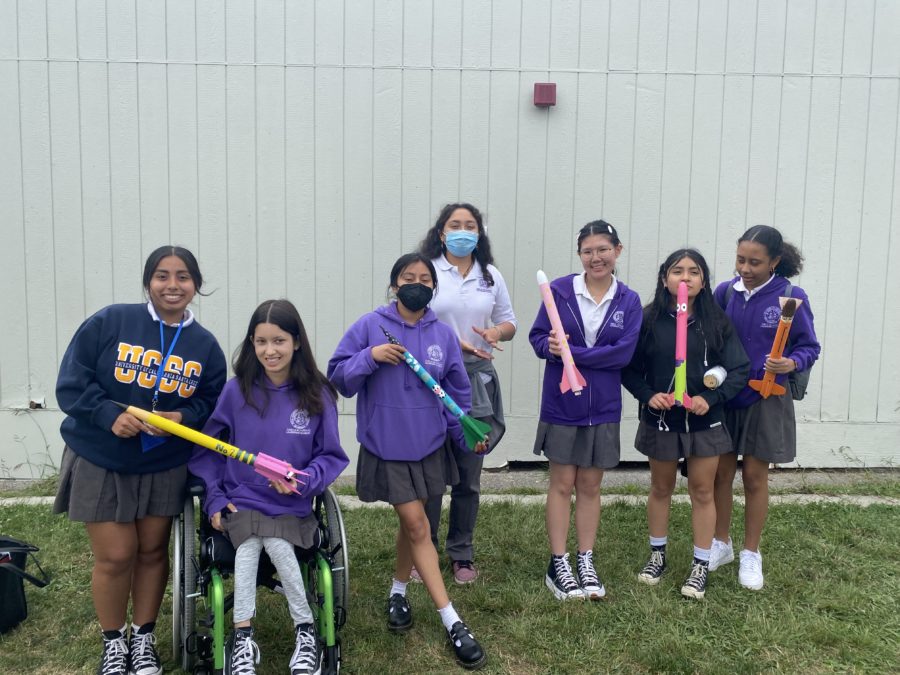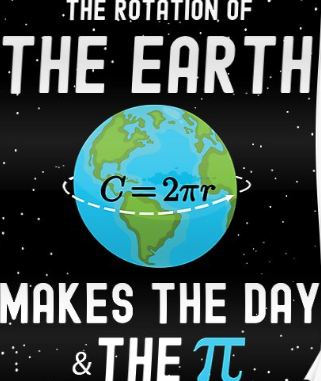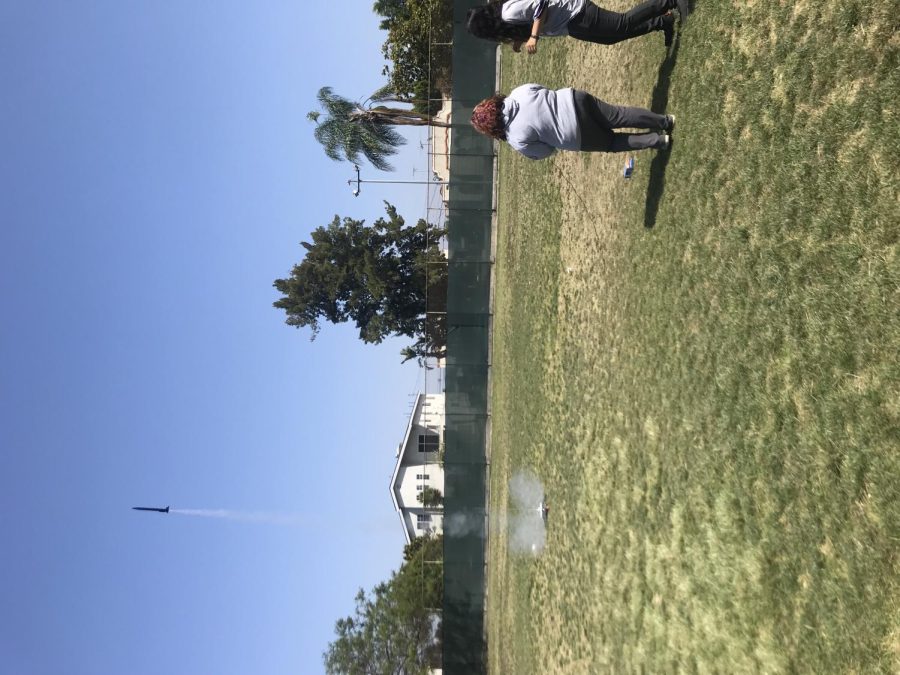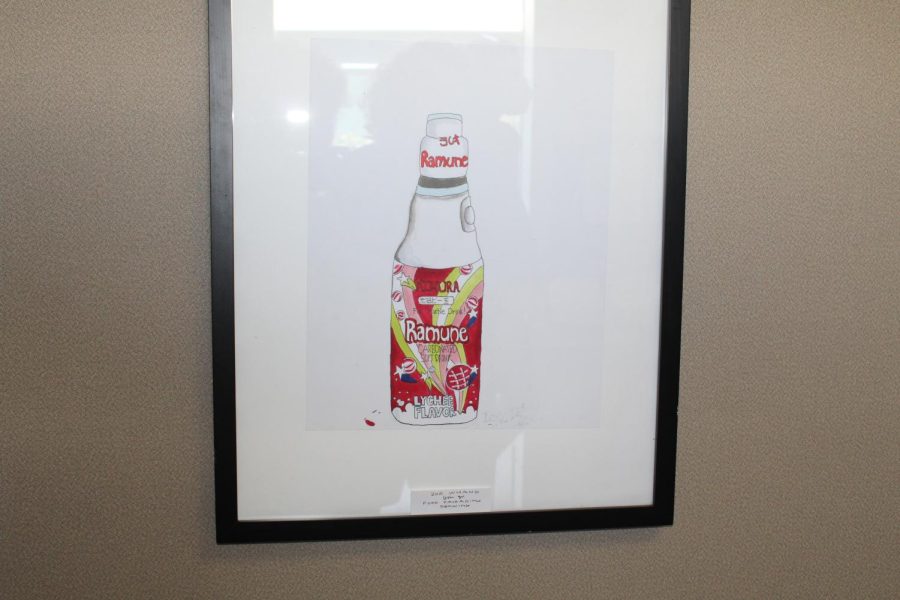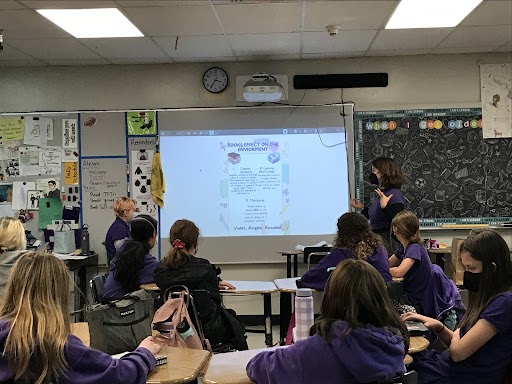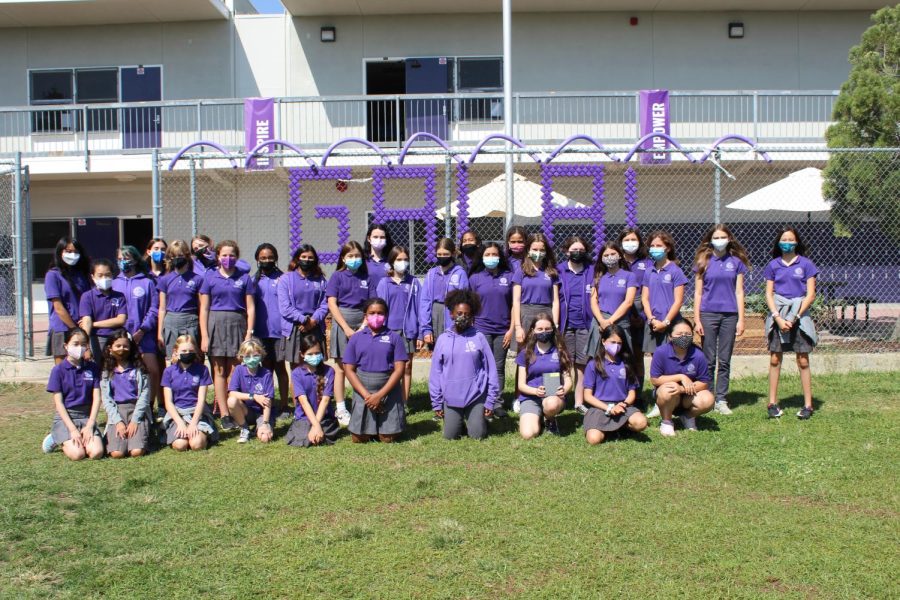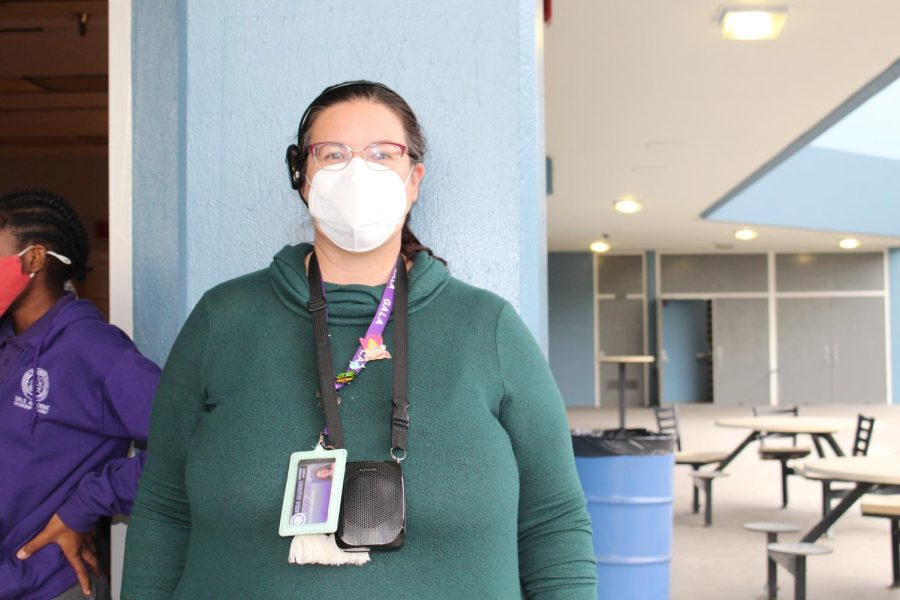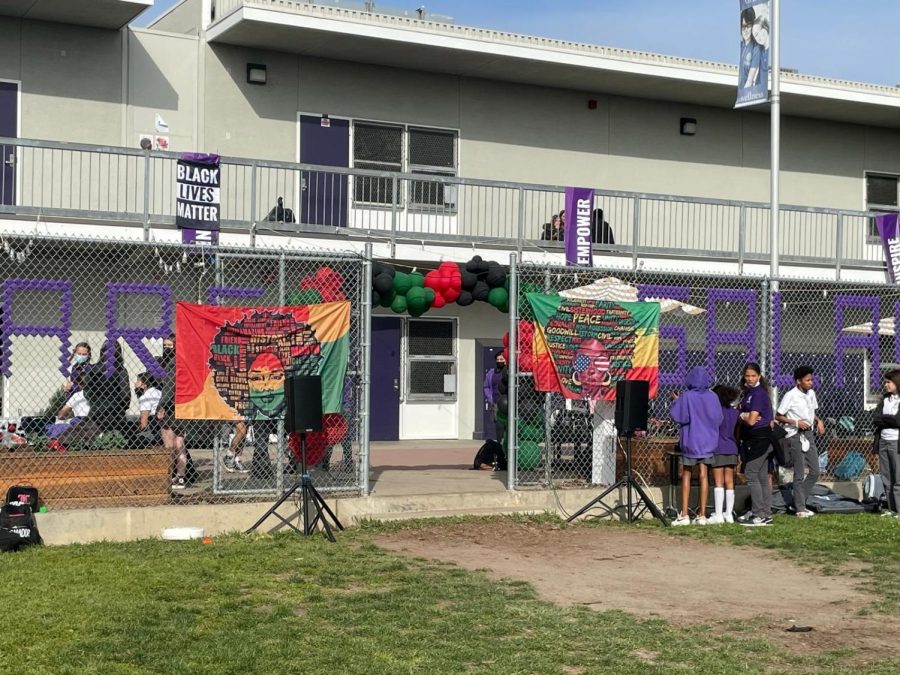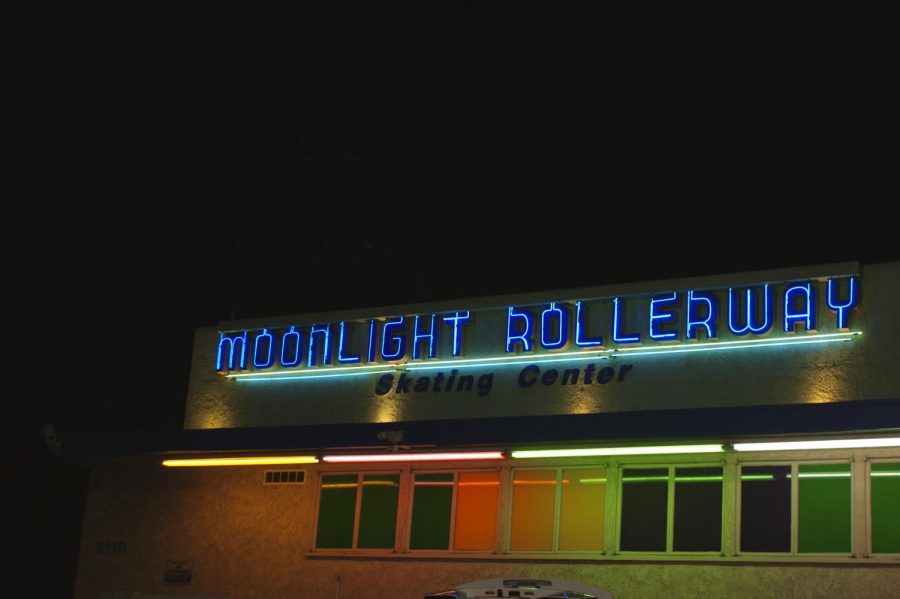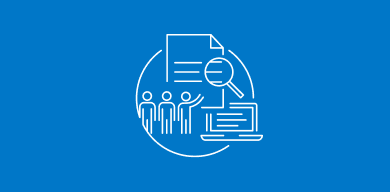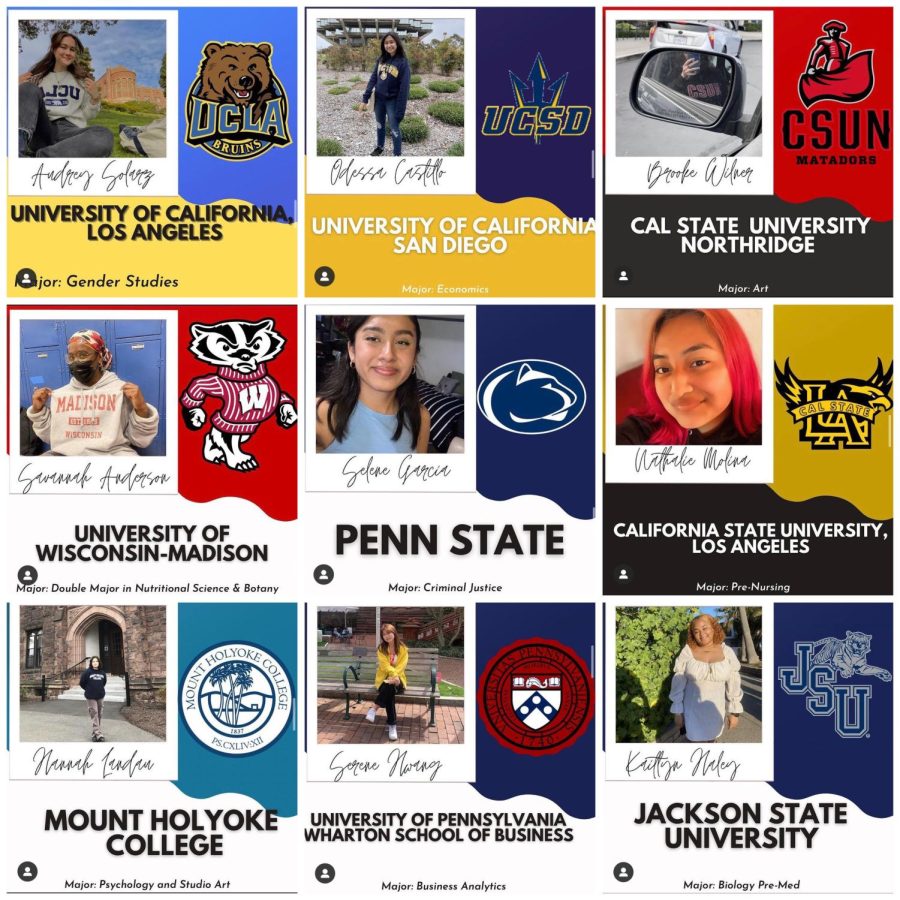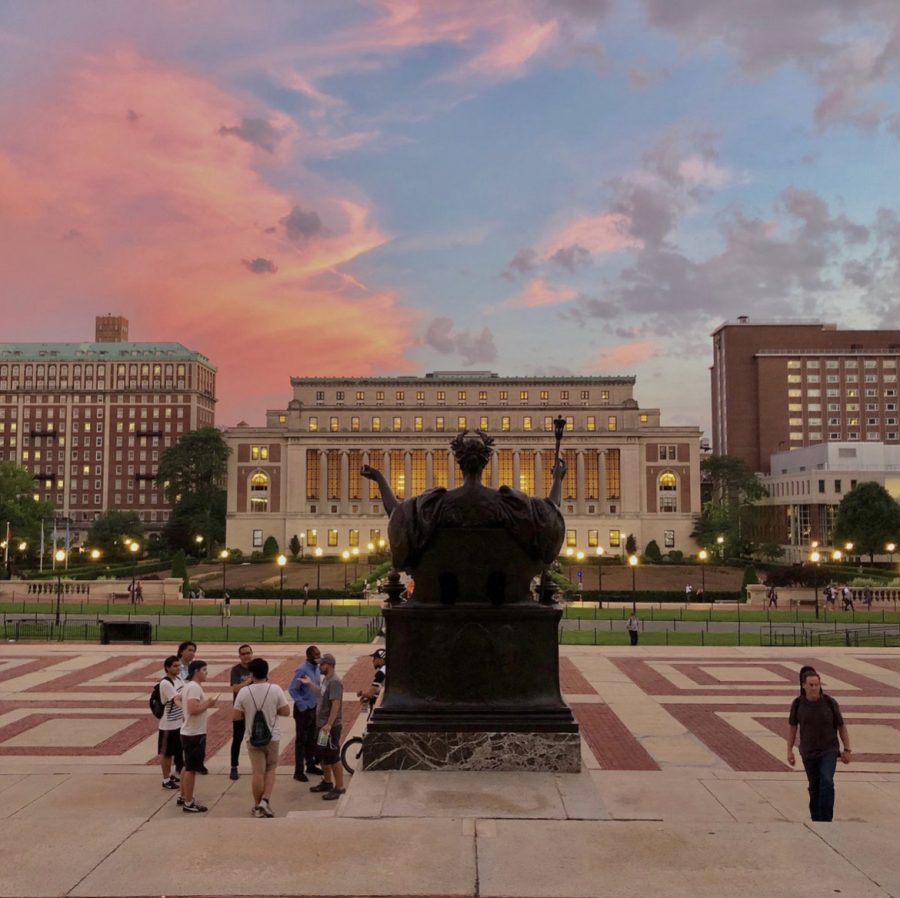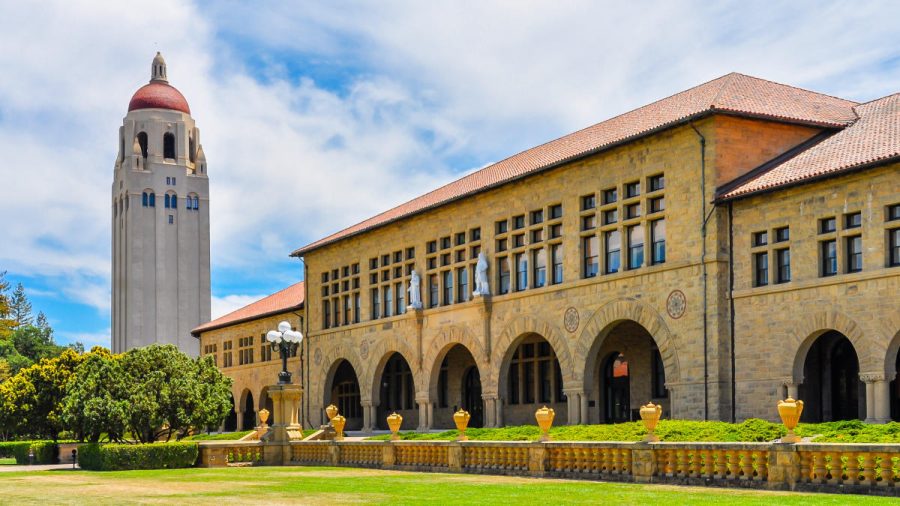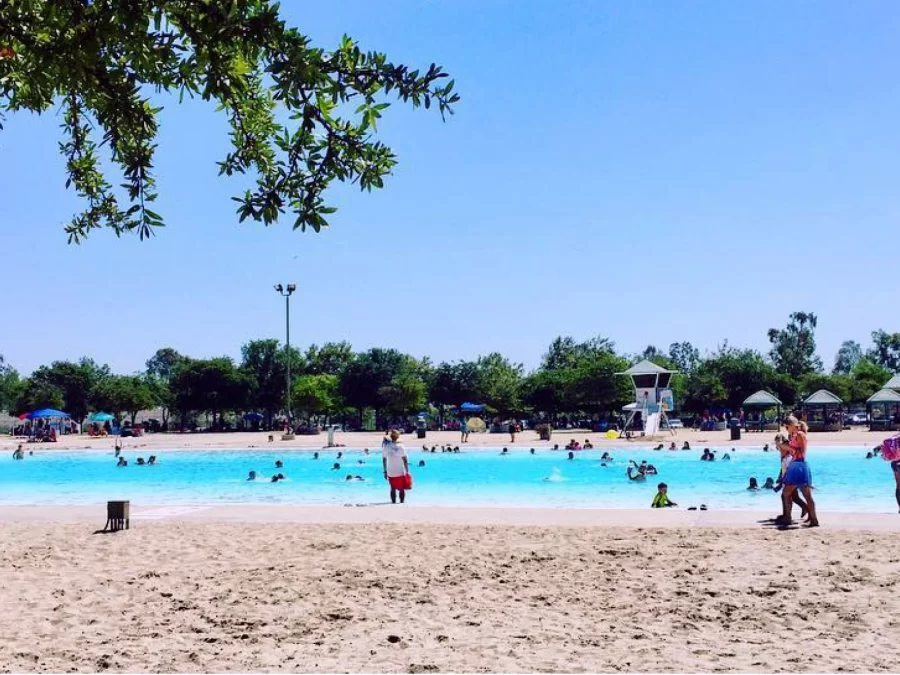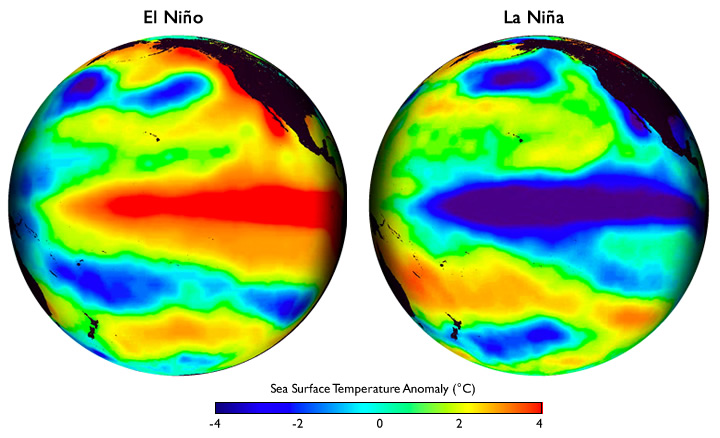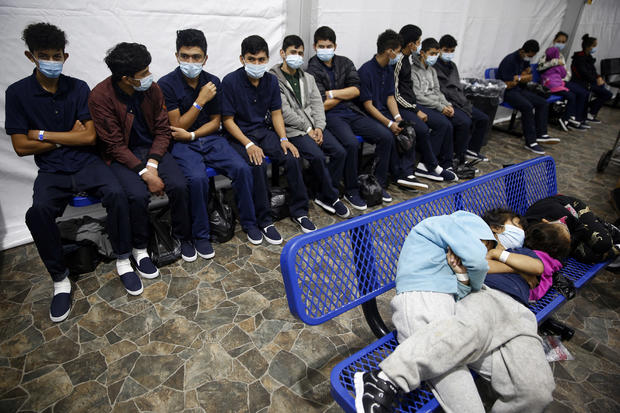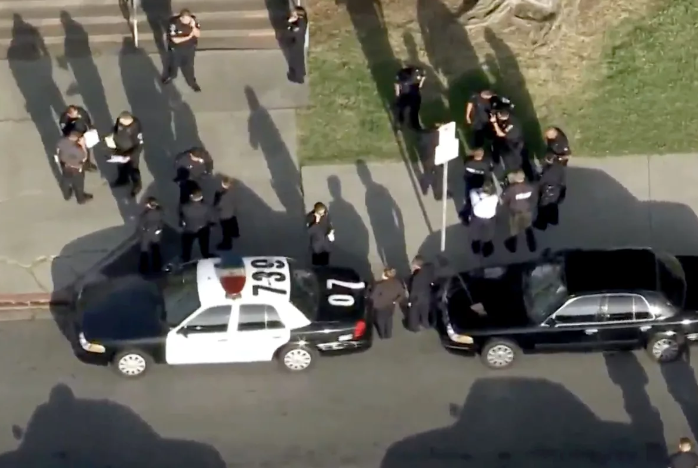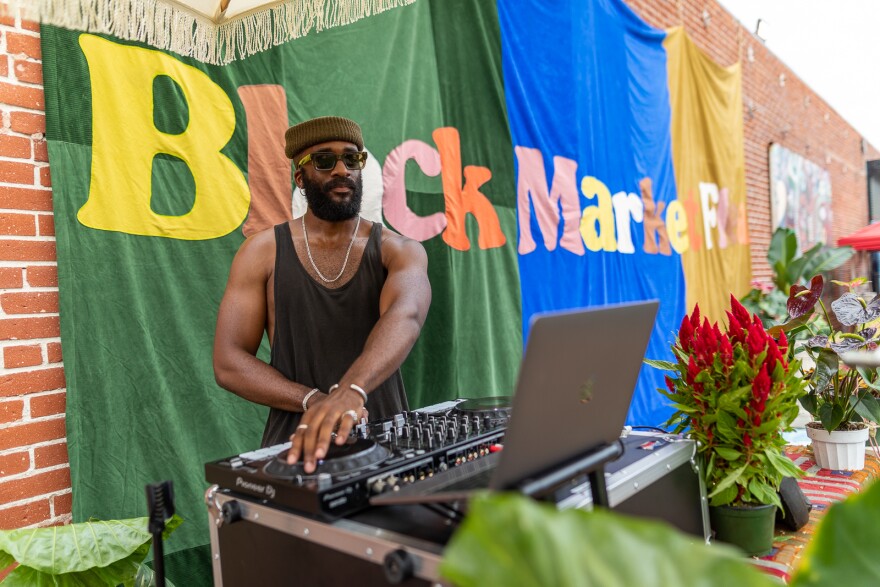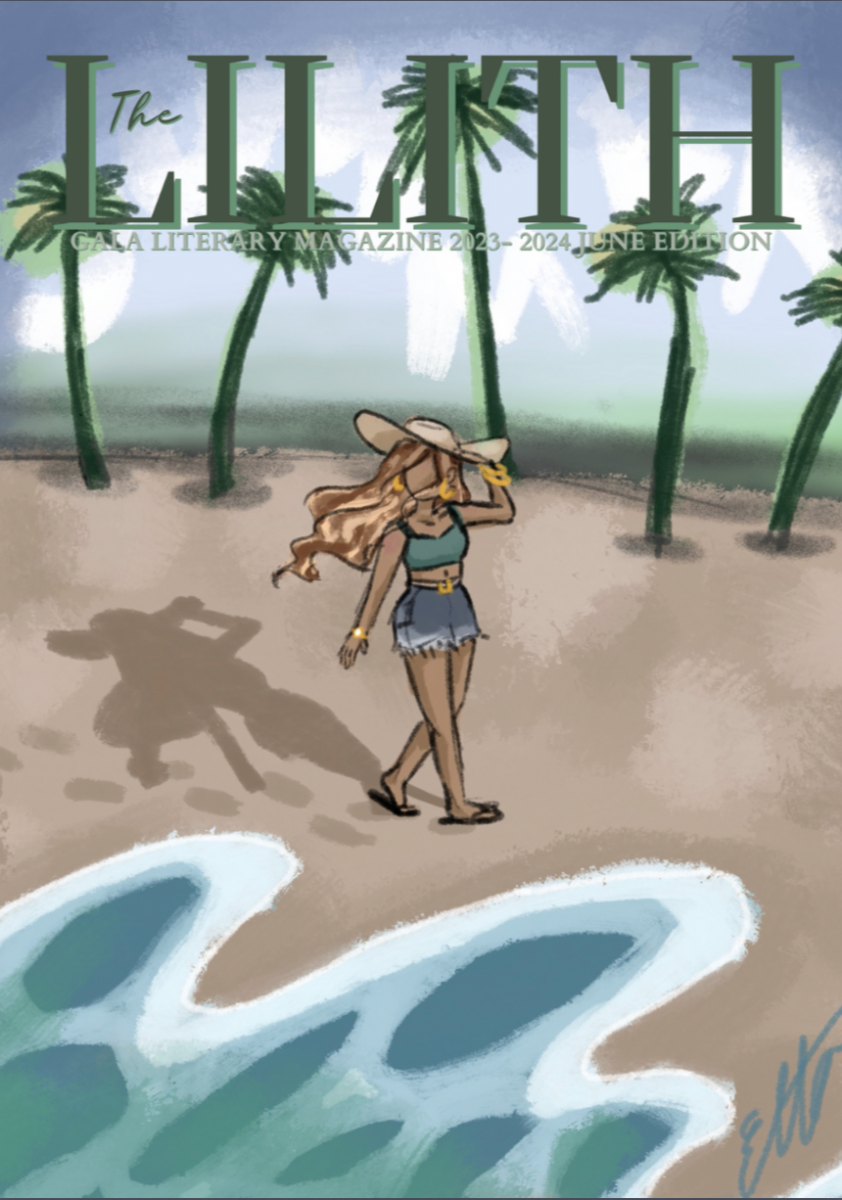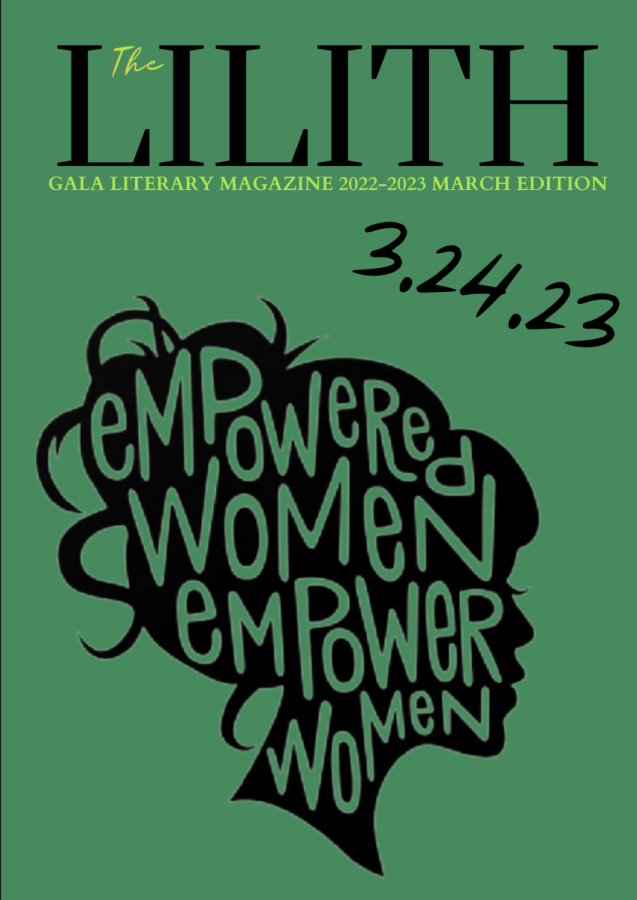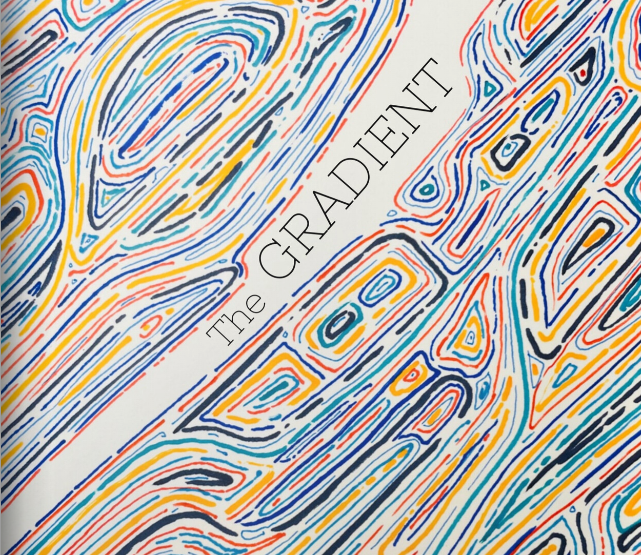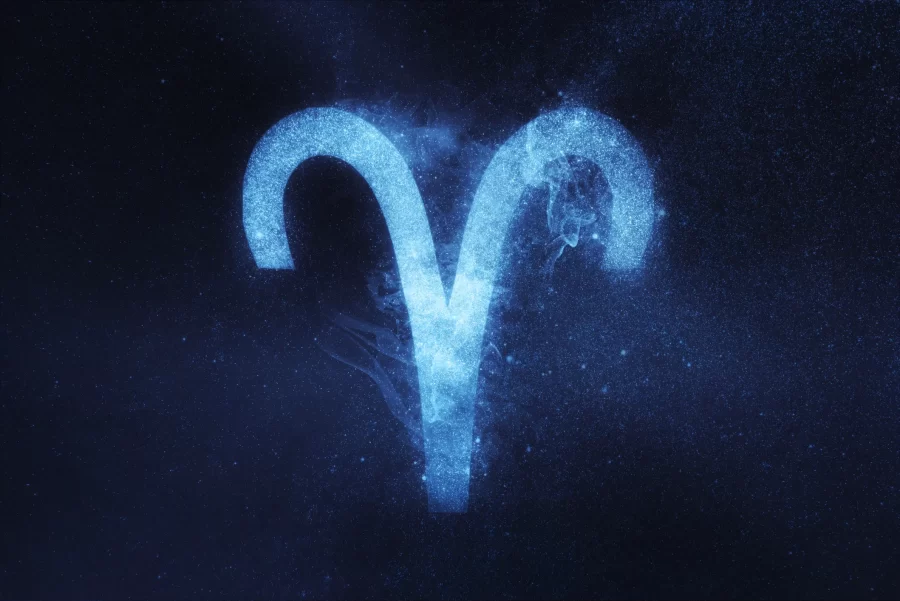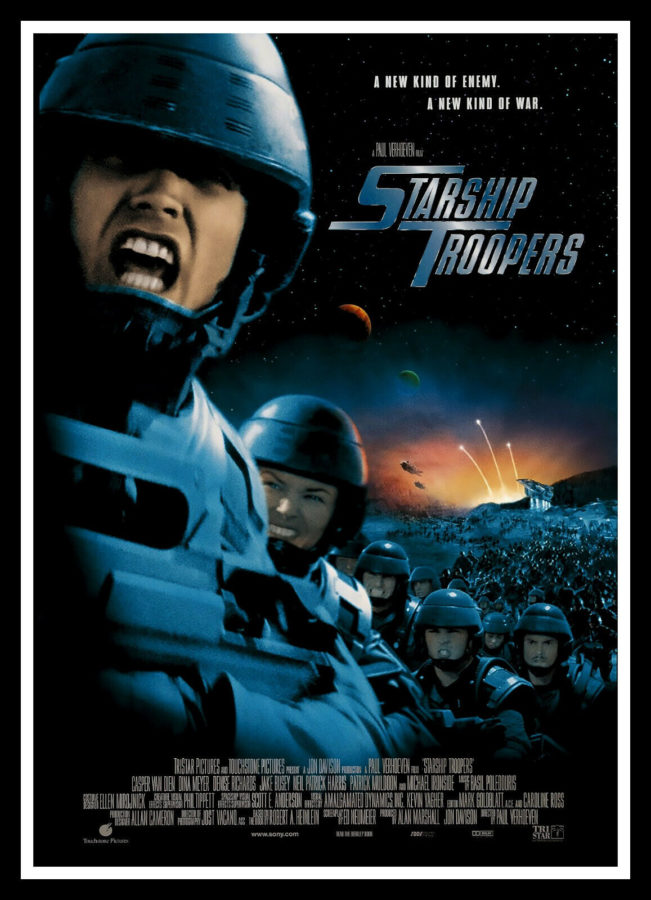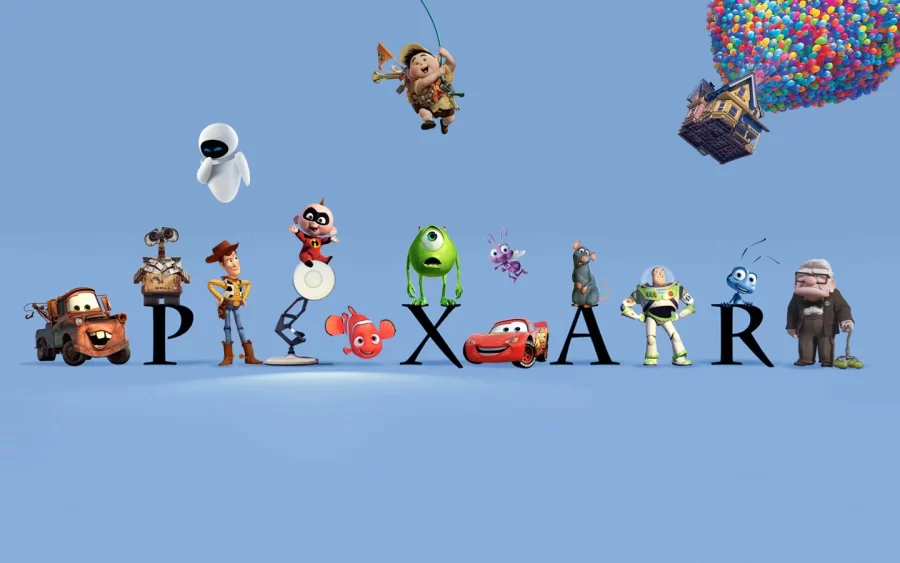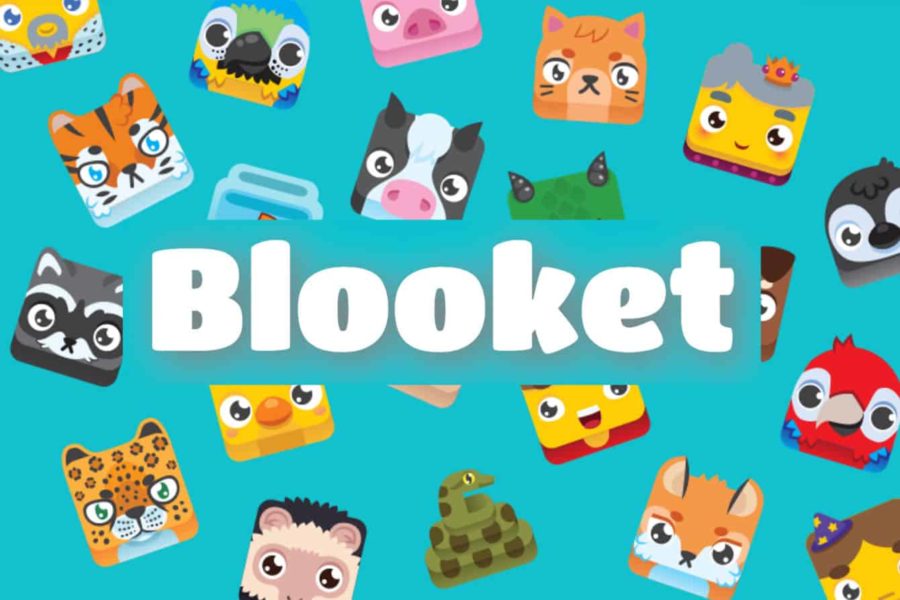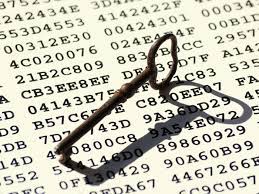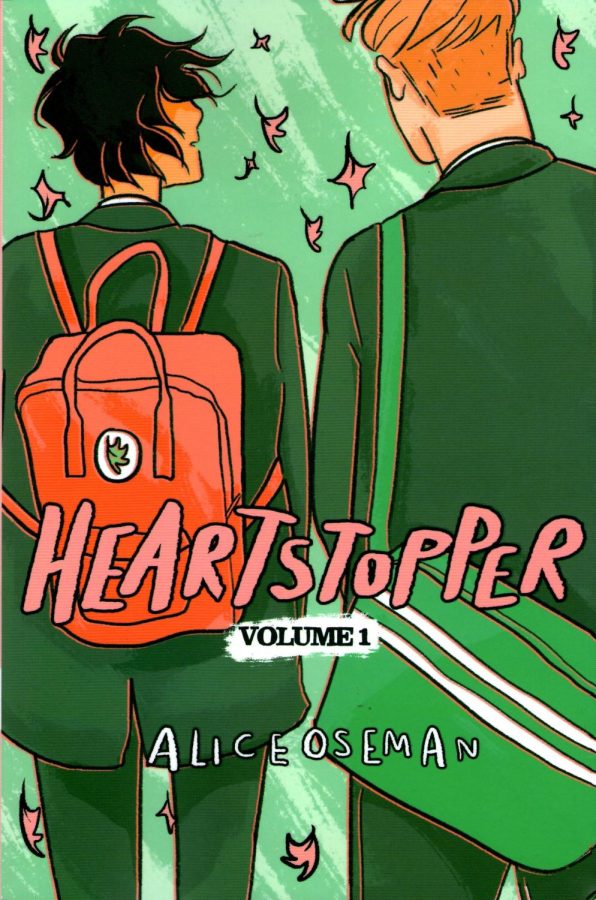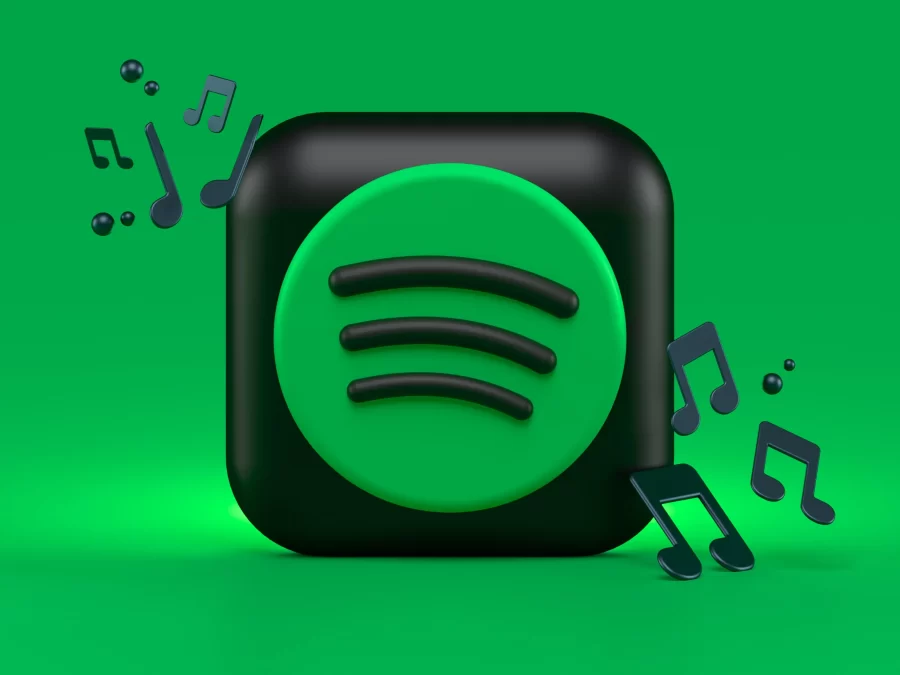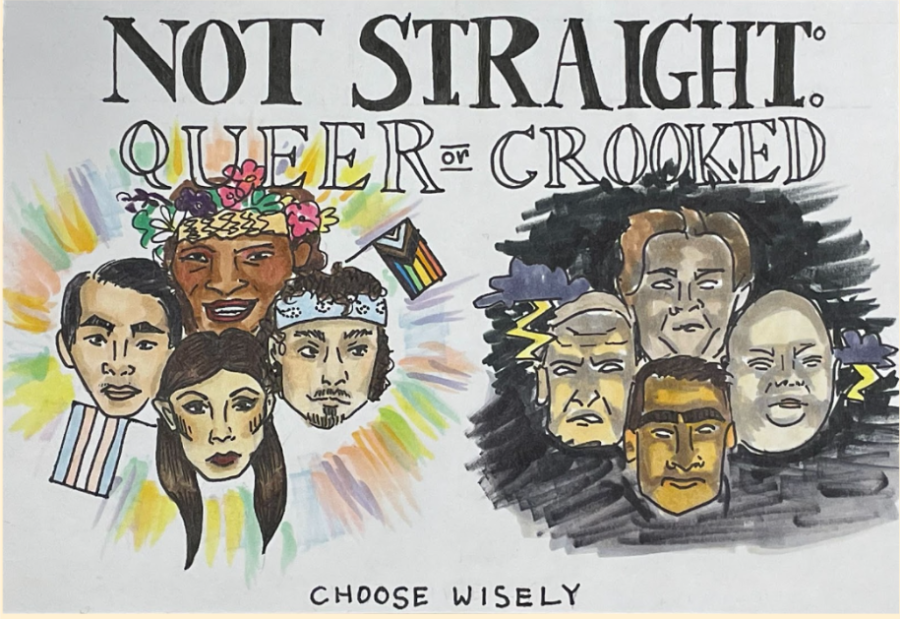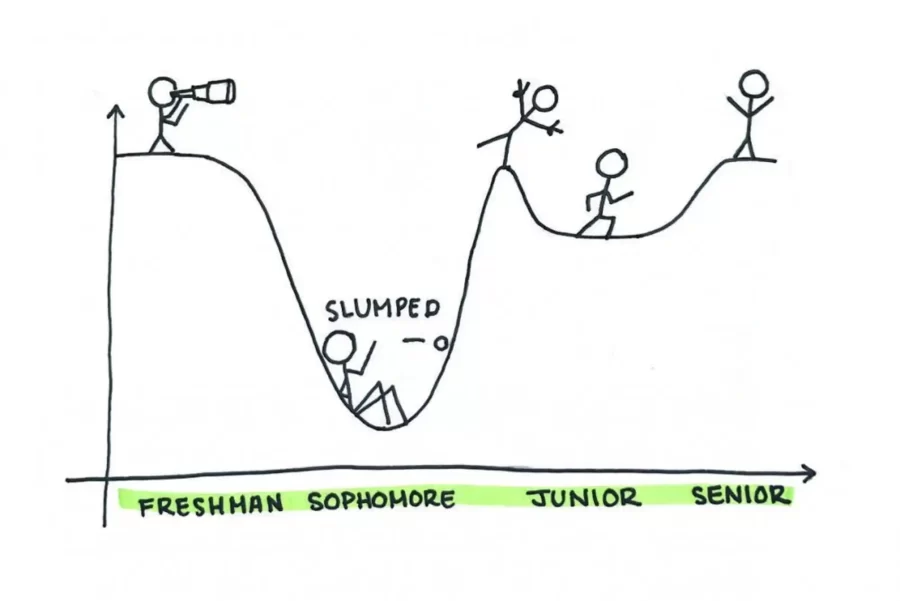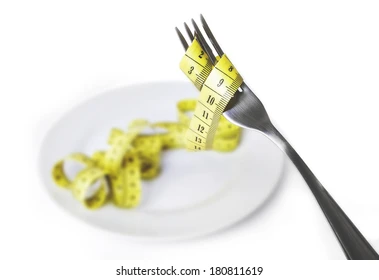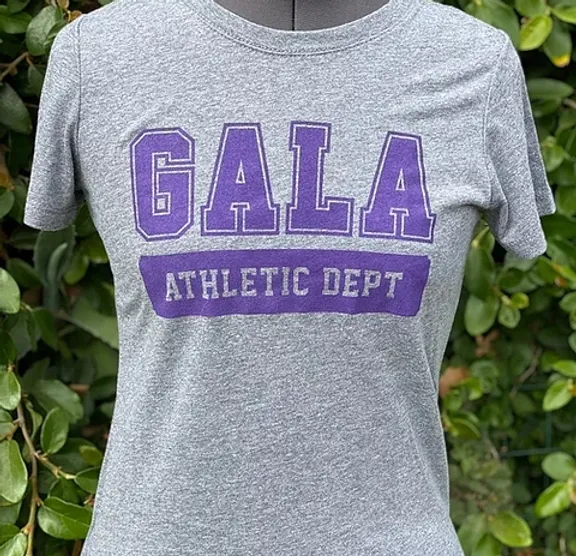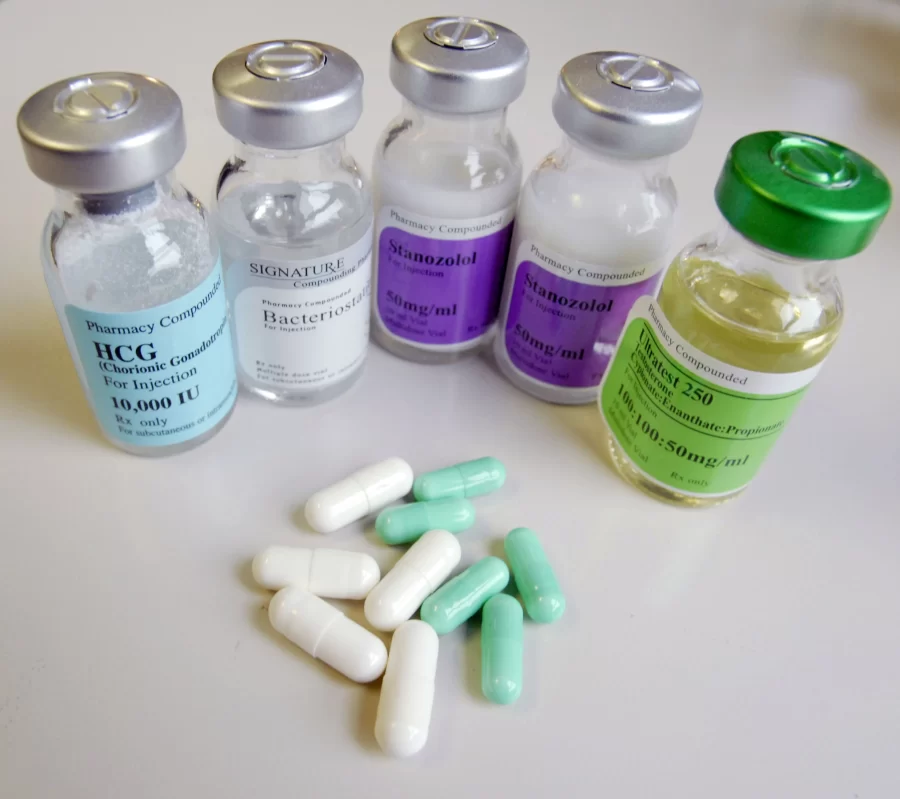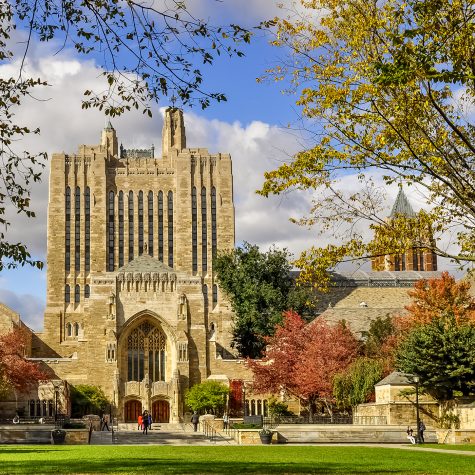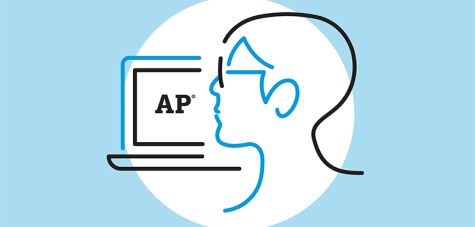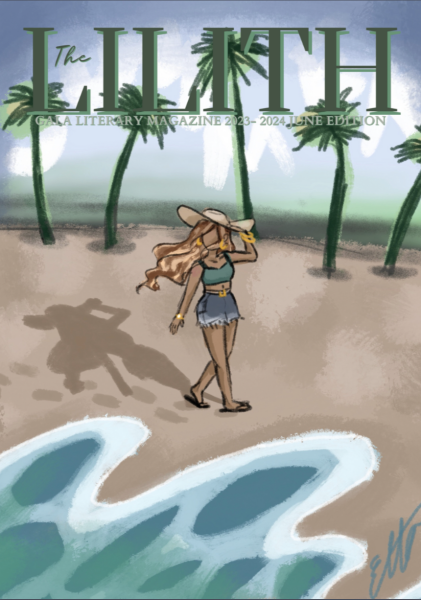How to Get Your Driver’s License

CA DMV
To begin, I find it necessary to sound like an overbearing adult and say that driving is a privilege. It comes with freedom and fun, yes, but also huge responsibility. Whether or not you choose to drive is situational, but if you do want to get your license before you turn 18 (at which point the rules change), there are steps you must take before you’re free to drive yourself anywhere you please. As a high school student who has a license, I hope to inform you of the process of getting your license, with some personal advice thrown in where I feel it may be helpful. Take what helps and leave the rest.
All information provided is from the California Department of Motor Vehicles (DMV) website. I recommend that you do all of the following with a parent or guardian. Not only does almost all of this require personal information and parent signatures, but as a minor, getting your license is absolutely not something you can do alone. There are fees to pay, classes to take, cars to practice in, and personal responsibilities and rules that vary by family.
The process is as follows:
Driver’s Ed: The very first step in this arduous (but rewarding!) process is to complete a certified driver education course. This course teaches you the information necessary to both pass the permit test and be a generally safe driver, including traffic laws, road safety, driver responsibilities, and accident avoidance. It’s important to note that you will have to pay for a certified course, and prices range by company. The minimum amount of time this course takes is 30 hours. After completing the curriculum, the company with which you have done your course will send you a certificate of completion, which is necessary to obtain your learner’s permit when you visit the DMV.
*Note: The website I used was with the American Safety Council ($24.95), and I do recommend it for its organization, mini quizzes, and cost. Other options include Aceable ($50) and Driver’s Ed.Com ($50.95).
Learner’s Permit: At the minimum age of 15 ½, and after completing driver’s ed, you may get a learner’s permit, which allows you to practice driving legally on the roads in the presence of a licensed driver over the age of 25. Please note that if you do not get your license within a year of getting your permit, the permit will expire and you will have to reapply. To get your learner’s permit, you must create a DMV account, go to a DMV, fill out a driver’s license application (signed by a parent), and pass a 46-question driving test (called the written test) with a minimum score of 38. Documents you need for this DMV visit are your certificate of completion of driver’s education, proof of residency, and birth certificate, and you must pay an application fee. If you complete your written test with an 80% accuracy or higher, you will take a photo and a vision test, and receive your permit. If you don’t pass your written test, you may try again up to five times.
*Note: I highly recommend making an appointment before visiting the DMV, and filling out the driver’s license application online. This will save you time and hassle at the DMV. I also recommend taking lots of practice tests in order to improve your chance of passing the written test. That was my method of studying for the test, and I found it very helpful.
Take lessons with a certified instructor: After getting your learner’s permit, before you can start practicing with a licensed parent or guardian , you must complete one lesson of behind-the-wheel practice with a certified driving instructor from a driving school. After that first lesson, you may drive with a licensed driver over the age of 25. In total, you must complete a minimum of six hours of practice with an instructor. Most driving schools break this up into three lessons, two hours each. When you complete this requirement, you’ll receive a certificate of completion.
*Note: California-certified driving schools will cost you. All schools are priced differently, ranging from around $150 to $400. This depends on what school you choose. I chose Ford Driving School, which cost $390 for three two-hour lessons.
Practice: The DMV requires you to practice driving for 50 hours minimum. Ten of these 50 hours must be at night. This practice must be with a licensed driver over the age of 25. This person must certify that you have practiced this amount because there is no actual form that says “I drove for at least 50 hours!”
*Note: It can be difficult to track every little bit of driving practice you’ve done. With this being said, I recommend driving as much as you can, whenever you can. Drive your parents to the grocery store, to appointments, to wherever you or they need to go. Over prepare. Don’t do the bare minimum. Your ability to pass the actual behind-the-wheel test relies entirely on how comfortable you are driving, and that comes with practice.
Preparing for the behind-the-wheel test: To take the actual behind-the-wheel driver’s test, you must be at least 16 years old, have had your learner’s permit for at least six but not more than 12 months, and have completed your practice with an instructor and a parent/guardian. The next steps can be nerve-wracking, so I’ll break them up a bit:
Make an appointment. Drive tests don’t happen without scheduled appointments.
Bring your learner’s permit.
Bring proof of financial responsibility for the vehicle you’ll be driving. According to the CA DMV, this can be a document with a liability insurance policy or surety bond number, an assigned risk insurance card with the name of the assigned insurance company, file number, and current coverage dates, a current insurance binder or copy of an insurance policy signed or countersigned by an insurance company representative, a DMV-issued certificate of self-insurance or acknowledgment of cash deposit, a written confirmation from the insurer that the person is insured, or a rental vehicle contract (the applicant must be listed on the contract as an insured driver).
Speaking of the car you’ll be testing in, you must make sure this car is safe and meets certain requirements.
Taking the behind-the-wheel test: Before starting the test, your examiner will inspect your car briefly and ask you to locate some functions, like the blinker, lights, and emergency parking brake. Once you start driving, the test will last about 20 minutes. You’ll be asked to make left and right turns, navigate controlled and uncontrolled intersections, back up in a straight line, change lanes, and drive in regular street traffic. You can make up to 15 minor errors, but any more than this will fail you. Major errors, such as driving too fast or too slow, striking something, rolling stops, and distracted driving will automatically fail you. In the end, it’s really up to your examiner to judge your ability. In Los Angeles, you won’t be required to parallel park or drive on the highway.
*Note: Your examiner won’t engage in normal conversation with you during the test. Strictly business.
After the test – failing: It seems harsh to say “fail,” but that is what you’ll hear if you make too many major or minor errors. After failing, you must wait 14 days to try again, not including the day of the test. The fee to retest is seven dollars. If you fail three times, you must reapply for a license, paying application fees again as well.
After the test – passing: If you pass, you’ll be issued a temporary driver’s license (printed on paper at the DMV) until your actual license arrives to you by mail, usually about three or four weeks after the test. This temporary license expires after 60 days, so if your license hasn’t arrived by then, you should call 1-800-777-0133 to check its status. As a minor, you do have some limitations in your first year of driving. They are as follows: you cannot drive anyone under the age of 20 with the exception of siblings, and you cannot drive from 11 pm to five am. Neither restrictions apply if there is a licensed adult over 21 in the car. If you turn 17 ½ within your first year of being licensed, the minimum age of your passengers is lowered to 18.
I don’t want to dissuade anyone from attempting to get their license, but I do want to say that this process can be confusing and frustrating. It is hard, and it’s supposed to be hard because like I said before, driving comes with huge responsibilities. With that being said, I hope you’ve learned here what the process of getting your license as a minor looks like. Of course, more specific information can be found on the DMV website.

Mae D. is a current junior at GALA. This is her second year at The Echo, and though she was the Sports Editor last year, she is excited to be...
